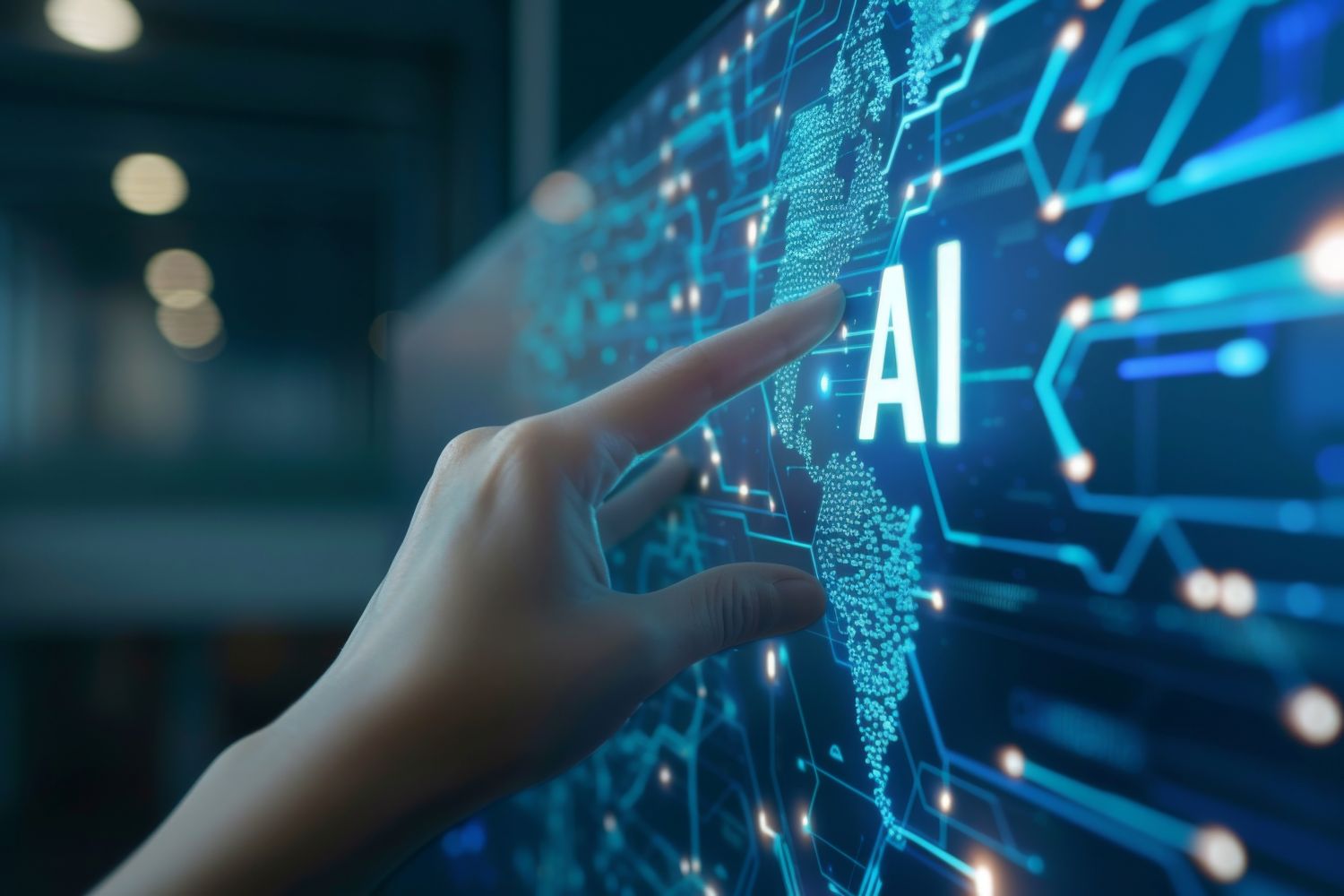Welcome to the AI Era: Where Reality is Optional
Imagine scrolling through your favorite social media feed and stumbling upon a video of your favorite celebrity delivering a controversial speech—or so it seems. A few moments later, you find out it was all fake, crafted by AI. Welcome to the age of synthetic media, where what you see isn’t always what’s real.
Generative AI has revolutionized how we create and consume digital content. From stunning artwork to realistic deepfake videos, AI blurs the lines between authentic and artificial. While this innovation unlocks incredible creative possibilities, it also opens Pandora’s box, bringing with it a wave of challenges that demand immediate attention.
The Double-Edged Sword of Synthetic Media
Let’s face it: AI’s ability to mimic reality is both fascinating and frightening. Here’s why:
1. Personal and Professional Fallout
- When Fake Feels Too Real: In January 2024, AI-generated explicit images of Taylor Swift went viral. The damage was so severe that social media platform X (formerly Twitter) had to block searches for her name. Imagine the emotional and professional toll on someone thrust into such a storm of lies.
- Fake Credentials, Real Consequences: AI can fabricate “proof” of expertise or endorsements, leading to businesses being scammed or professionals losing out on legitimate opportunities
2. Societal Chaos
- Fueling Unrest with Fiction: Remember that viral image of a Pentagon explosion in 2023? It caused stock markets to dip before being debunked as an AI hoax. Just think about the panic such fabrications could cause on a larger scale.
- Elections Under Siege: Days before New Hampshire’s primary election in January 2024, AI-generated robocalls mimicked President Biden’s voice, spreading false information to voters. The potential to disrupt democracy is chilling.
The Good Fight: Battling AI Misinformation
So, how do we regain trust in the digital content we consume? The answer lies in smarter, more robust authentication systems. Here’s what’s already in play:
1. Watermarks: The Signature on Digital Content
- Visible Watermarks are prominent markers, often in the form of semi-transparent logos, text, or patterns, that establish content authenticity but can disrupt aesthetics and are easily removed.
- Invisible Watermarks are hidden patterns detectable with specialized tools, offering greater resilience to tampering but lacking universal adoption.
2. Digital Certificates: Your Media’s Passport
These cryptographic signatures act as a digital birth certificate, tracing every edit and ensuring the authenticity of the content.
3. Visual Markers
Labels like “Imagined with AI” on platforms like Instagram clearly indicate that the content was created or enhanced using artificial intelligence, distinguishing it from purely human-made material.
4. Authentication Systems
Combining multiple techniques, these frameworks are like the Fort Knox of digital verification, offering real-time validation across platforms.
Trailblazing Solutions in Action
The tech world is already stepping up with some cutting-edge tools:
- Content Credentials (C2PA/CAI): A joint initiative by Adobe, Microsoft, and others, ensuring transparency in content creation through cryptographic signatures.
- Google’s SynthID: Imagine an invisible watermark embedded into an image’s DNA, surviving even the harshest edits.
- Meta’s AI Detection Tools: With features like visible markers and invisible watermarks, Meta aims to flag and authenticate synthetic content.
- Microsoft’s AI Content Credentials: Integrated with tools like Microsoft Designer, it ensures a transparent editing history for AI-generated media.
These tools are a great start, but we’re still playing catch-up with AI’s rapid evolution.
The Missing Puzzle Piece: Universal Standards
Here’s the truth: A patchwork of solutions isn’t enough. We need a universal playbook that transcends platforms and borders. Let’s break down what that could look like:
1. A Technical Marvel
- Cryptographic signatures embedded universally in digital content.
- AI detection baked into every content creation tool.
2. A Reliable Verification Network
- Centralized APIs for real-time validation across platforms.
Interoperable systems that speak the same “language” globally.
3. Practical Deployment
- Seamless integration into social media and content platforms.
Easy-to-use tools so anyone—not just techies—can verify content authenticity.
4. Governance that Works
- An international standards committee to oversee compliance.
- Public-private partnerships to drive innovation.
- Cross-border collaboration to tackle misuse globally.
The Road Ahead: Regulation and Responsibility
The journey has already begun. The European Union is paving the way with its AI Act, while the U.S. has launched the AI Safety Institute. But there’s more to do:
- Legislative Action: Tough penalties for misuse and clear oversight mechanisms.
- Technical Standards: Universal watermarking protocols and tamper-proof verification systems.
- Industry Collaboration: Tech giants and startups working hand-in-hand to stay ahead of threats.
Why This Matters Now
AI-generated media isn’t a distant threat—it’s here, and it’s growing more convincing by the day. Without universal standards, we risk losing trust in what we see, hear, and share online. But with the right technology, collaboration, and governance, we can turn the tide.
The digital world deserves better, and so do we. Let’s build a future where innovation thrives without compromising truth.











